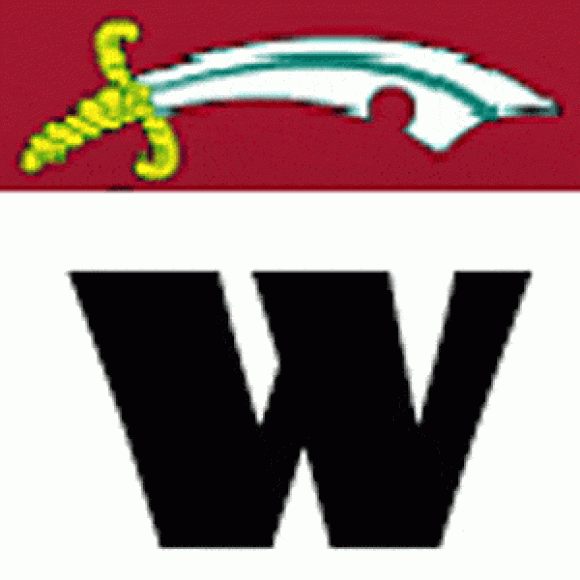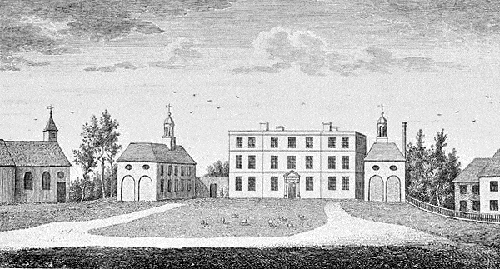Brentwood, its twin parish of South Weald, together with the commercial area of Brook Street, grew to become a center of Catholicism and Breweries. “During the 18th and 19th centuries a number of new houses were built for the gentry, who were probably attracted by the pleasant scenery, easy access to London, and the proximity of Weald Hall and its park. The new residents included several Roman Catholics.”
During the 18th century Wealdside aka Gilstead Hall “was for many years the home of the Wrights, Catholic bankers” Gilstead Hall was built in 1726. Following the Emancipation Act of 1829, Catholics built a cathedral in Brentwood. In 1863, Wealside became a boarding school for boys.
Members of the Wright family resided in Brook Street and South Weald before 1600. During the 17th and 18th centuries, the Wright family remained faithful to Catholicism. In 1589 John Wright of Brook Street was convicted of recusancy and fifty years later another John Wright of South Weald was also convicted of the same. In the 1706 returns, Joan Wright, her two sons, and a kinsman, plus the George Pongrett’s family and fourteen others were singled out as Catholics. Another branch of the Wright family resided in Kelvedon Hatch. In 1742, a Catholic priest served the Wright families of Wealdside, Kevedon Hall, plus served the Mamby family of Bawds Hall. In 1788 there was still at Catholic priest serving at Wealdside
Bawds Manor included parts of South Weald, Shenfield, and Doddinghurst. The Bawds Family held the manor in the 13th century. The manor was detached from the Manor of Corringham, which dates to The Domesday Book. The Manby family, who were Catholics, took possession of Bawds Hall soon after 1660 and held it into the 19th century. In 1706 Sir Thomas Manby and his household of fourteen were reported to be Papists. In 1767 the Papists in South Weald numbered 61, the highest of any parish during that year. In 1773, Bawds Hall had its own chaplain. In 1799 Bawds Hall was registered for Catholic worship. William Manby who latter took on the surname of Colegrave, sold the Manor of Bawds in 1819 to Emanuel Dias Santos, a Catholic priest. Santos demolished Bawds Hall.






 Historical records described Crondon Park as a fortified Manor. From 1571 and into the 18th century, Cranham Hall promoted Catholicism. Cranham Hall is another name for Crondon Park which is in the parish of Stock (and not in the parish of Cranham). During the 18th century, a Catholic congregation celebrated mass at Crondon Park. Morant described that by 1768 Crondon Park had been divided into farms. In 1832, the house and chapel were demolished. Records of baptisms and marraiges performed in the chapel survive. Crondon Park is remembered for its two fish ponds.
Historical records described Crondon Park as a fortified Manor. From 1571 and into the 18th century, Cranham Hall promoted Catholicism. Cranham Hall is another name for Crondon Park which is in the parish of Stock (and not in the parish of Cranham). During the 18th century, a Catholic congregation celebrated mass at Crondon Park. Morant described that by 1768 Crondon Park had been divided into farms. In 1832, the house and chapel were demolished. Records of baptisms and marraiges performed in the chapel survive. Crondon Park is remembered for its two fish ponds. Sir Edward Waldegrave of Navestock was imprisoned in the Tower of London for recusancy 1551, where he died at 45 years old (monument effigy in the Borely parish church, Essex). John Coxe, Sir Edward’s chaplain, divulged during interrogation that Sir Edward Waldegrave, Sir Thomas Wharton, and Lady Carew were Papists.
Sir Edward Waldegrave of Navestock was imprisoned in the Tower of London for recusancy 1551, where he died at 45 years old (monument effigy in the Borely parish church, Essex). John Coxe, Sir Edward’s chaplain, divulged during interrogation that Sir Edward Waldegrave, Sir Thomas Wharton, and Lady Carew were Papists.
